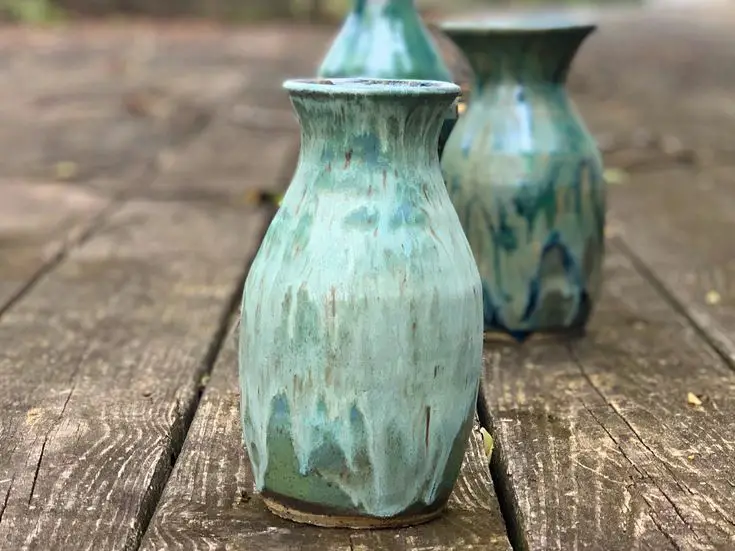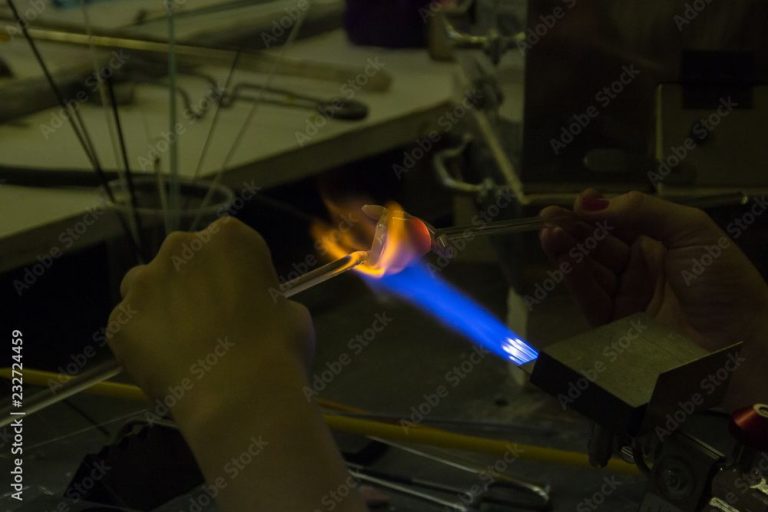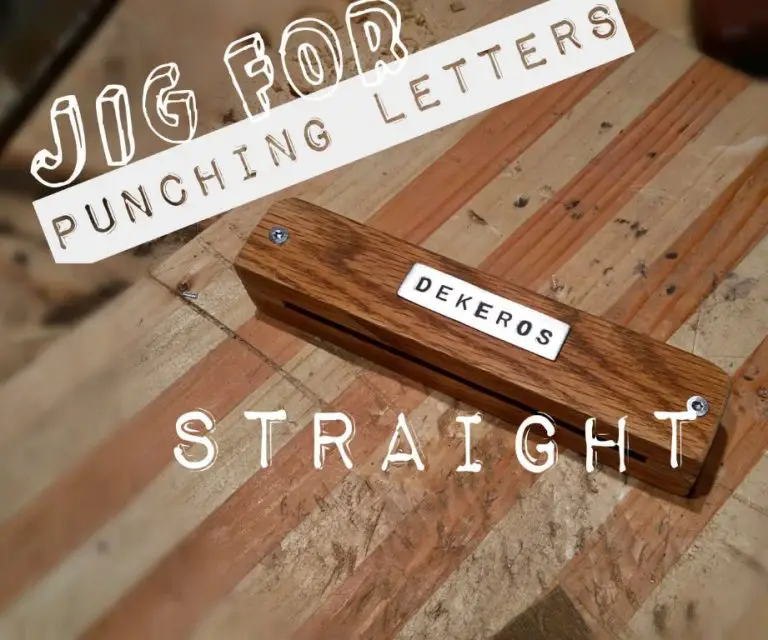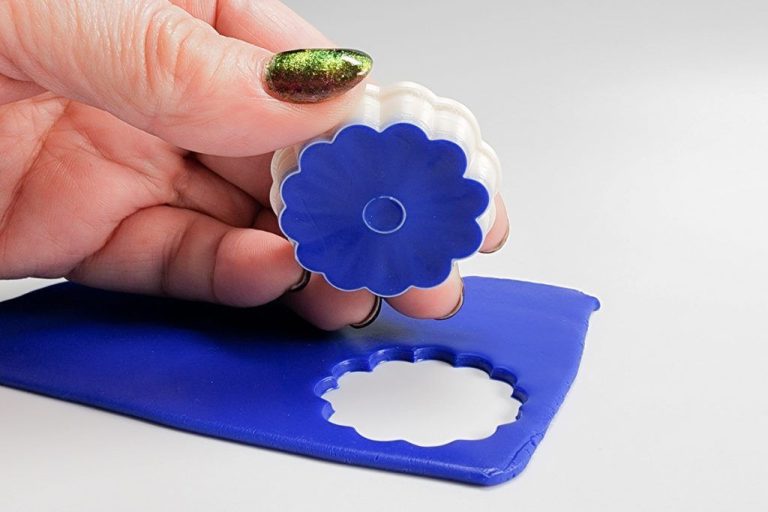Are Spectrum Glazes Good?
Spectrum Glazes was founded by Cathy and Tom Coleman in 1995 with a mission to provide high quality cone 6 oxidation glazes for potters and ceramic artists. Based in Indianapolis, Indiana, Spectrum Glazes has grown to become one of the leading manufacturers of glazes in the United States. Their glazes are specially formulated to be vibrant, consistent in color, and user-friendly with no mixing required. Spectrum offers a wide range of glazes suitable for functional pottery as well as ceramic sculpture and art pieces. Their products include popular glaze lines like Floating Blue, Arctic Blue, and Crimson, known for their brilliant colors and striking visual effects. Spectrum glazes are highly regarded for their reliable results and bright, saturated colors.
History
Spectrum Glazes were created in 1978 by Guy Wolff of Connecticut, who wanted to simplify the process of mixing glazes. Wolff aimed to develop reliable, commercially made glazes that ceramicists could easily use without needing to blend their own ingredients. The goal was to create high-quality glazes with vibrant colors and beautiful effects that would be consistent from one firing to the next.
Wolff worked with a ceramics chemistry expert named Ron Roy to develop the original Spectrum glaze lineup. They tested over 5,000 glaze recipes before settling on around 50 initial glazes to release under the Spectrum brand. The glazes were designed to work well together in layered combinations.
Spectrum glazes quickly earned popularity among potters and ceramic artists due to their brilliant colors, interesting textures, and reliable results. Guy Wolff continued expanding the Spectrum glaze range over the years to offer a versatile selection for both functional and artistic applications.
Types of Spectrum Glazes
Spectrum Glazes offers a wide variety of glaze types for different applications and firing temperatures. Some of the main types include:
-
Low Fire Glazes – Designed to be fired between cone 04 and cone 06, these glazes work well for decorative and functional pottery. They come in gloss, satin, and matte finishes with a range of colors. Low fire glazes are known for being versatile and easy to use. Popular series include IG, LG, and SG. [1]
-
Mid Range Glazes – Fired between cone 4 and cone 7, these glazes are suitable for stoneware and porcelain. They have good thermal expansion qualities. Some mid range glazes can produce special effects like crawling or breaking. The 500 series and 700 series are among the most popular. [2]
-
High Fire Glazes – Designed for firing between cone 8 and cone 10, Spectrum’s high fire glazes work with porcelain and high fire stoneware bodies. They create smooth, durable surfaces and rich colors. Popular series are HF, PG, and UG. Some react with the clay body for unique effects. [3]
Spectrum also offers specialty glazes like Crystallines, Floating Blues, crawl glazes, and more. Each glaze type has specific melting, thermal expansion, and aesthetic properties.
Benefits
Spectrum glazes are known for their vibrant colors, durability, and interesting texture variations. They are formulated to be food-safe, making them popular for functional pottery like mugs and dinnerware. Some key benefits of Spectrum glazes include:

Durability – Spectrum glazes are very durable and resistant to scratching, chipping, and crazing. They use high quality raw materials like feldspar, silica, and kaolin clay to create a strong glaze matrix (Spectrum Glazes).
Vibrant colors – Spectrum offers over 500 premixed glaze colors with intense saturation and clarity. Their glazes utilize stains, oxides, and pigments to achieve a vast array of hues and effects (Spectrum Product Guide).
Texture variations – Many Spectrum glazes create interesting visual textures like crawling, ripples, crystals, and wrinkling effects. This adds depth and dimension to finished wares (https://www.sheffield-pottery.com/Spectrum-Pottery-Glazes-Usage-and-Tips-s/338.htm).
Food-safe – Spectrum tests their glazes for leaching and lead safety. Most of their glazes meet FDA and California Prop 65 standards for functional ware, provided they are fired to maturity (Spectrum Glazes).
Drawbacks
While Spectrum glazes produce vibrant colors and effects, they do come with some potential drawbacks to be aware of:
Higher cost – Spectrum glazes tend to be more expensive than regular glazes. They use high quality raw materials and special formulations to achieve their unique effects, which comes at a premium price. Expect to pay $20-30 for a pint of Spectrum glaze, compared to $10-15 for a basic glaze.
Limited availability – Since Spectrum glazes are a specialty product produced by a single company, they can be harder to find than regular glazes carried by most ceramic suppliers. Many potters have to order Spectrum glazes online if they can’t find them locally, which adds shipping costs.
Specific firing requirements – To achieve their intended results, Spectrum glazes require specific clay bodies, firing temperatures, and kiln atmospheres. For example, their popular iridescent glazes must be fired in reduction. If the kiln is not properly calibrated or the firing schedule deviates, the glazes may not turn out right. This makes them less forgiving and beginner-friendly than basic glazes. As this potter describes, small firing variations can cause issues with Spectrum glazes: https://community.ceramicartsdaily.org/topic/7012-spectrum-glaze-problem/
Best Uses
Spectrum glazes are well suited for a variety of ceramic and pottery pieces. According to Sheffield Pottery, Spectrum glazes work especially well on both stoneware and porcelain bodies. The glazes can be used on functional pieces like mugs, bowls, and plates as well as decorative sculptures and art pieces.
Spectrum glazes are particularly well known for creating beautiful effects on vases, platters, and other open canvas style pottery forms. The fluid colors and textures of the glazes come through nicely on these blank canvases. Pieces with carved, incised, or layered areas also tend to highlight Spectrum’s flowing glazes nicely. The glazes pool well in detailed areas allowing the colors and textures to capture all of the intricacies of the form.
In summary, Spectrum glazes are versatile products that perform beautifully on both functional ware and art pieces in stoneware and porcelain. Pieces with large open areas like vases, platters, and sculptural works especially allow Spectrum’s gorgeous colors and surface effects to shine. The glazes also excel at highlighting detailed areas like carvings and texture.
Firing
Spectrum glazes are designed to be fired to cone 8-10 temperatures, which is between 2,277°F – 2,381°F (1246°C – 1305°C). The specific recommended temperature depends on the particular glaze in the Spectrum line. Always check the product details and firing instructions, as some Spectrum glazes are designed for cone 6 temperatures around 2,200°F (1,204°C).
When firing pieces with Spectrum glazes, it’s important to use a kiln sitter or pyrometric cone to verify the kiln reaches the target temperature. Spectrum notes that underfired glazes can result in poor glaze fit, dull colors, and pinholing. Slow bisque fires are recommended to fully burn out moisture and organics. The kiln should be loaded carefully to allow adequate air circulation. Spectrum suggests firing no faster than 200°F per hour. A hold time of 10-15 minutes is ideal once the target temperature is reached to fully mature the glaze.
Additionally, stilt unstable glazes properly and fire with adequate ventilation. Some Spectrum glazes can bubble, froth, or blister if fired too quickly. Pay close attention to their instructions on glaze thickness and number of coats for best results.
Source: https://www.spectrumglazes.com/
Application
Spectrum glazes can be applied by brushing, dipping, or pouring, with some differences in technique required for each method:
Brushing: 2-3 coats are typically needed when applying Spectrum glazes by brush. Allow the glaze to dry 5-10 minutes between coats. Use a soft brush and avoid over-brushing, which can cause crawling. Gentle, even strokes work best.
Dipping: Only 1-2 dips are needed when applying Spectrum glazes by dipping. Allow the piece to dry 5-10 minutes between dips. Control the thickness by regulating the speed of dipping and angle. Too thin of a coat may crawl or be hard to control.
Pouring: Spectrum glazes can also be poured directly onto a piece. Let the glaze sit for several minutes before pouring off any excess. This takes some practice but allows for unique effects. The poured glaze thickness is controlled by the viscosity of the glaze and angle/shape of the piece.
In general, Spectrum glazes dry within 10-15 minutes between coats. Following the manufacturer’s instructions for drying times is important for proper application and to avoid defects like crawling, cracking, or peeling.
Buying Guide
Spectrum glazes can be purchased from a variety of retailers that specialize in pottery and ceramic supplies. Some of the best places to buy Spectrum glazes include (https://www.sheffield-pottery.com/Spectrum-Pottery-Glazes-Usage-and-Tips-s/338.htm):
Spectrum’s official website – Spectrum offers all of their glazes for individual sale or in comprehensive glaze collections on their website (https://www.spectrumglazes.com/). Buying directly from the manufacturer allows you to purchase the full range of Spectrum products.
Local ceramic and pottery supply stores – Many independent ceramic retailers carry a selection of popular Spectrum glazes. Purchasing locally allows you to avoid shipping costs and see glaze samples in person.
Online specialty retailers – Websites like Sheffield Pottery and Dogwood Ceramics stock the complete Spectrum catalog for convenient online ordering. These retailers offer competitive pricing and bulk purchase discounts.
Spectrum glazes are sold in pints, gallons, and 5 gallon buckets. The quantity needed depends on the size and number of pieces being glazed. For most small projects, a pint or quart is sufficient. Larger production studios may benefit from gallon or 5 gallon sizes for efficiency and value.
Conclusion
In summary, Spectrum glazes are a line of commercial glazes known for their vibrancy, texture, and ease of use. They come in a wide variety of colors and effects and work well on both high and low temperature firings. Spectrum glazes are beginner-friendly with their premixed formulations that require no additives. However, experienced potters may find them limiting for customization compared to mixing their own glazes. Spectrum glazes excel at bringing out textures in clay and creating flowing, organic surfaces. Their vibrant colors and glossy surfaces make them ideal for art pieces and decorative wares. However, the intensity of the colors may not suit functional pottery depending on the user’s preference.
Spectrum glazes are a good choice for beginner and intermediate potters looking to explore a range of colors and effects without the hassle of glaze mixing. The premixed formulations allow consistency between firings. Spectrum glazes can add vibrancy and interest to textured clay bodies. However, more advanced potters may want the greater customization and control possible with mixing their own glazes. Spectrum glazes are best suited for non-functional art pieces and decorative wares that can showcase the lively colors and flowing effects. For functional pottery, the intense colors may be too much depending on personal preferences.




